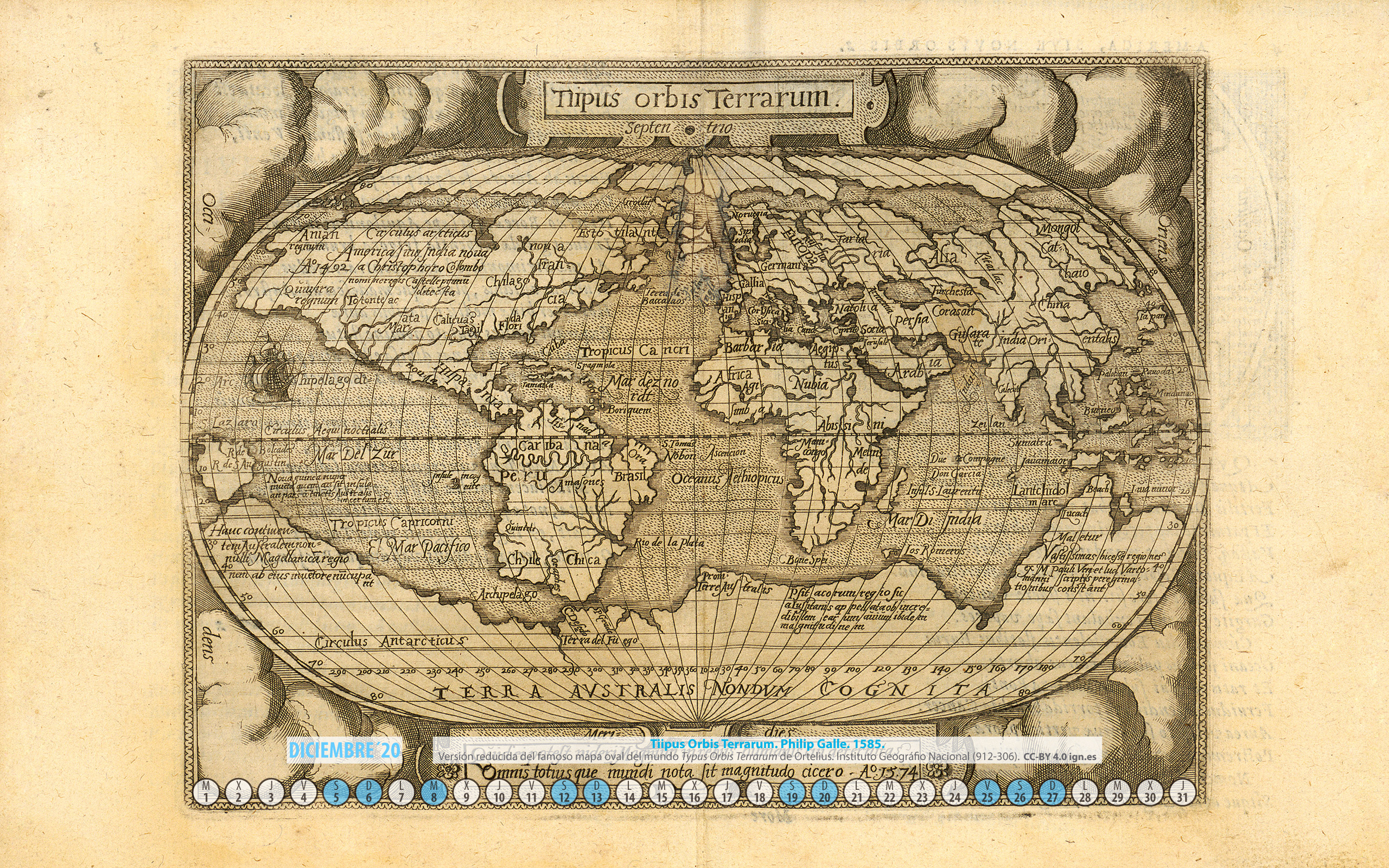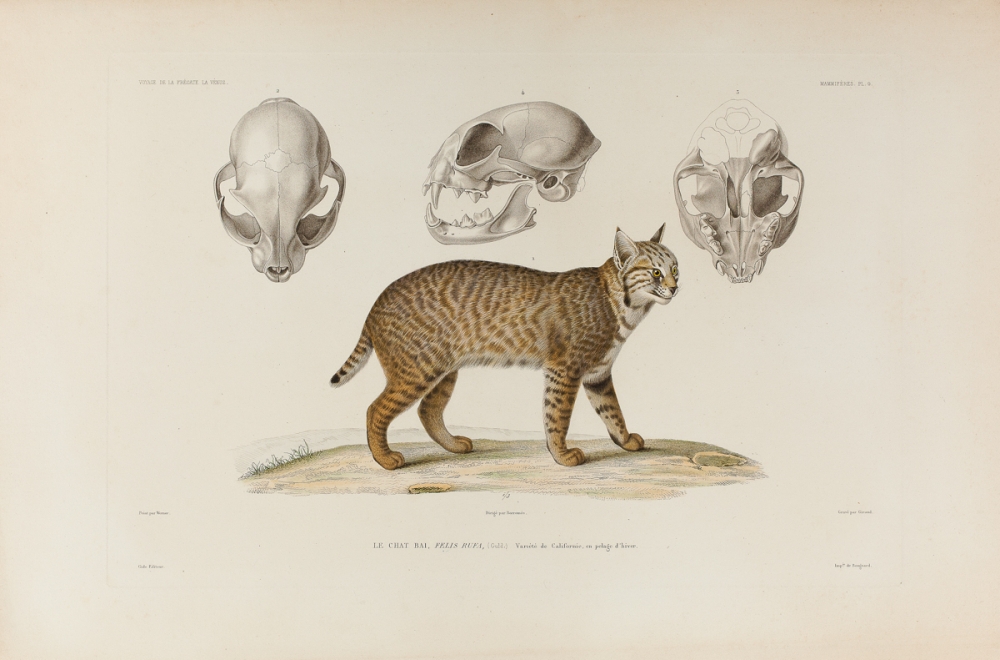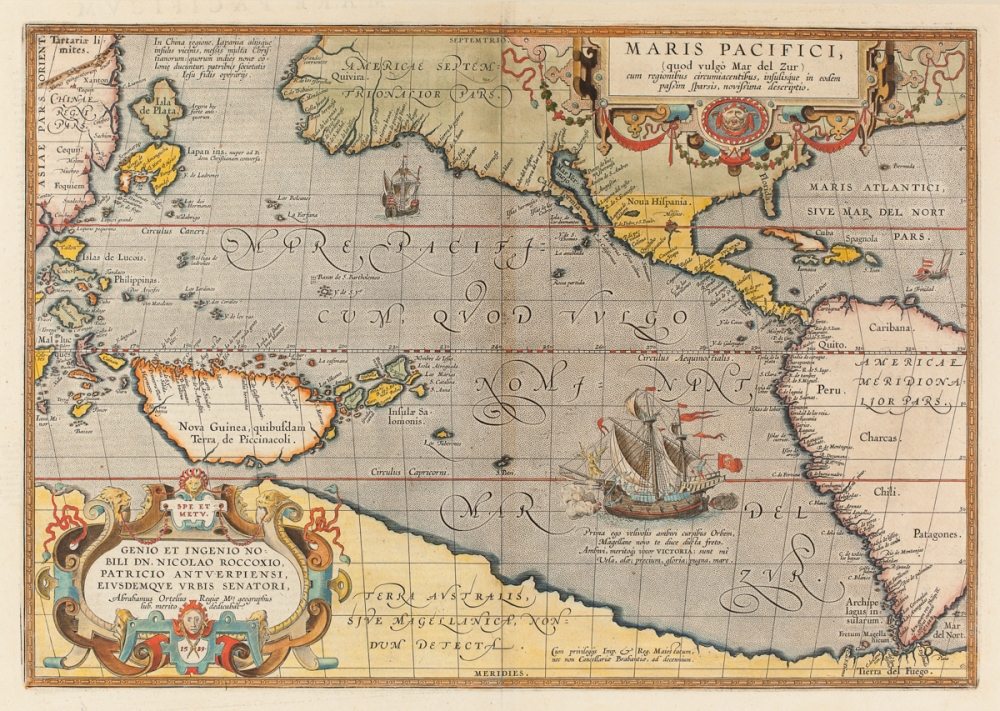

BARBARIA, which used to comprise Mauretania and Lesser Africa as well. Finally, the third section examines mid seventeenth-century Jesuit explorations in central Asia that provided fresh first-hand information for the likes of Athanasius Kircher in his China Illustrata (1667), one of the main sources of European knowledge about Tibet in those times. Map of Barbaria - North Africa Barbaria CARTOGRAPHER: Abraham Ortelius (1527-1598)Ortelius was a cartographer and geographer, generally recognisde as the. Now the whole coastal area of Africa is called like this i.e. The second part of the study, concerned with mapping, analyses the Jesuit cartographical work in China, partly using Chinese sources, that eventually gave Tibet a location independent from Cathay, even though cartographers in Europe continued to depict Cathay as sharing the spotlight with Tibet. The Zoology of Captain Beechey's Voyage Compiled from the Collections and Notes Made by Captain Beechey, the Officers and Naturalist of the Expedition, During a Voyage to the Pacific and Behring's Straits Performed in His Majesty's Ship Blossom. En 1571, lors de sa dernire expdition, il russit rtablir les droits. En 1566, il retourna rencontrer le Tsar en tant que diplomate.

Il obtint alors d'importants droits commerciaux pour l'Angleterre.
#Ortelius barabaria et tv#
The first part examines the features of what was for Europeans an uncertain association between Tibet and Cathay. Le cheval pour dpasser l'handicap, c'est la belle leon de vie donne par Barbara Minneci et 'Baba' dans l'mission d'Equi TV cette semaine. De 1561 1564, il partit de nouveau pour la Russie puis pour la Perse, o il rencontra le Tsar Ivan le Terrible et le Shah d'Iran. The article is organized into three major themes that focus on discerning, mapping, and exploring Tibet. Publication Info: Antwerp: Ambrose and Ferdinand Arsenius, 1601 from Epitome Theatri.

This article surveys European information and other extant sources pertaining to Tibet in the early modern period, when the region was still relatively unknown to Europeans and, like Cathay (with which it tended to be associated), was thought to be home to Christian communities.


 0 kommentar(er)
0 kommentar(er)
